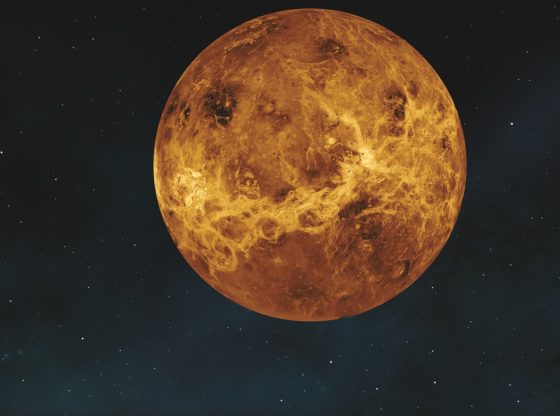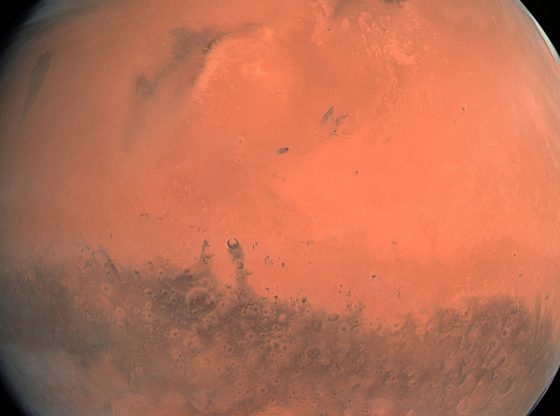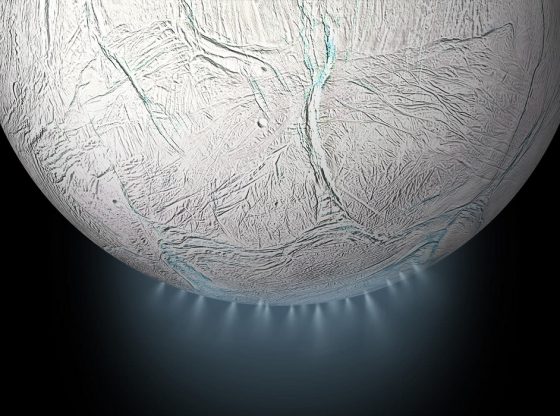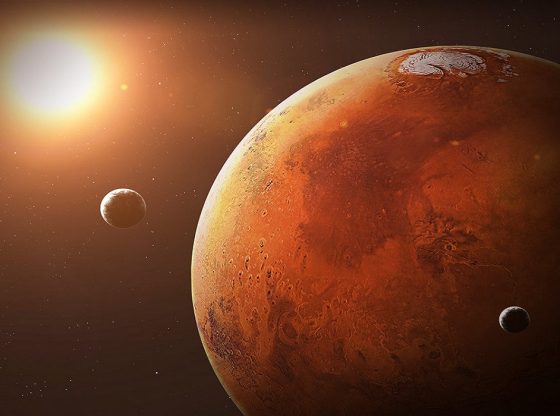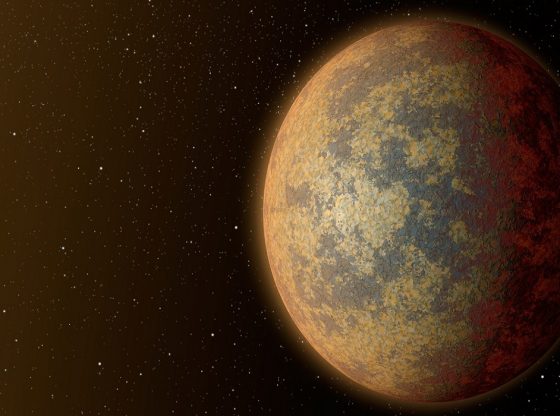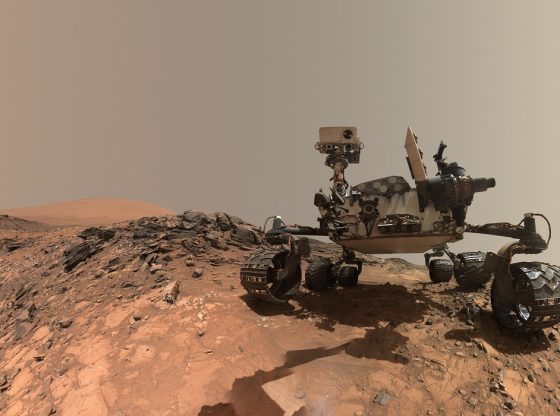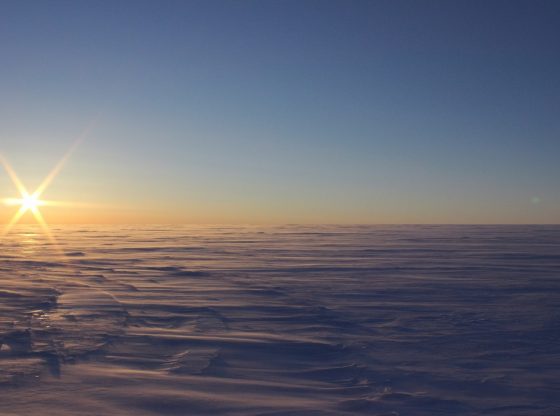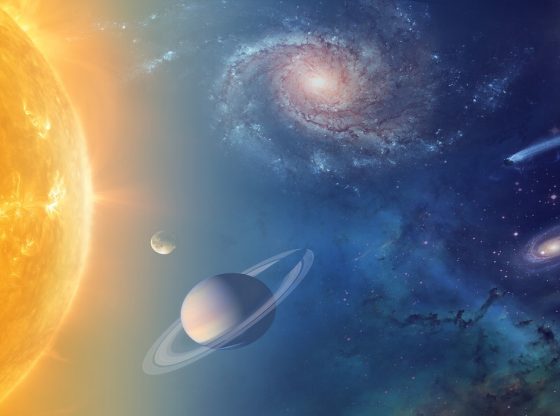Astronomers have detected traces of an organic compound known as methyl chloride around a group of young stars.
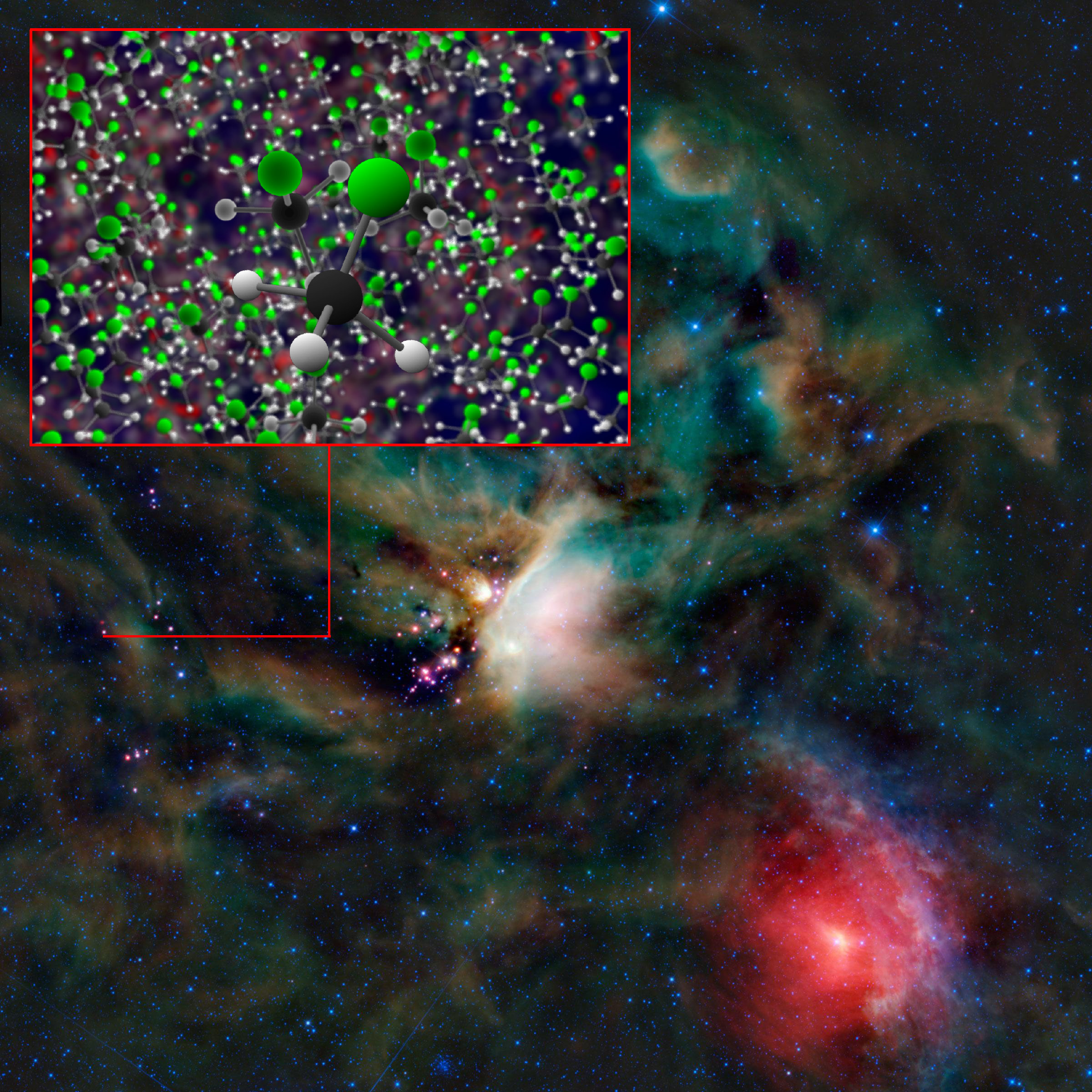
The Freon-40 molecule was detected in a young solar system 400 lightning away, and previously also on comet 67P/Churyumov-Gerasimenko (67P/C-G) within our own solar system.
Freon-40, or methyl chloride as it is also called, is formed on Earth through biological and industrial processes. Therefore, it has been assumed that these types of molecules could be signs of life.
But the research team believes that life cannot have occurred at the places where they have now discovered freon-40 and that therefore squash the idea of using freon-40 as an indicator of extraterrestrial life.
Freon is a halogen, a reactive, non-metallic element that produces acidic compounds when introduced to hydrogen, and also includes the elements fluorine, chlorine, bromine, iodine, and astatine.
“This does, however, raise the question: How much of the comet’s organic content is directly inherited from the early stages of star formation?”
“Additional searches for organohalogens around other protostars and comets need to be undertaken to help find the answer.”
– Lead author Edith Fayolle, a researcher with the Harvard-Smithsonian Center for Astrophysics (CfA) in Cambridge, Massachusetts.
The astronomers were able to detect the methyl chloride by taking advantage of ALMA’s (Atacama Large Millimeter Array) molecule sniffing capabilities. This dish can detect faint radio signals emitted by collections of molecules in space.
The comet 67P/C-G was investigated by the Rosetta space probe.
Reference:
Edith C. Fayolle et al., Protostellar and Cometary Detections of Organohalogens, Nature Astronomy 1, 703-708 (2017), doi: 10.1038 / s41550-017-0237-7

